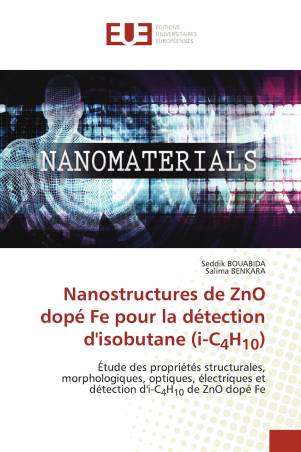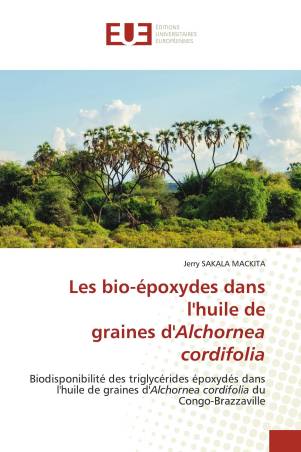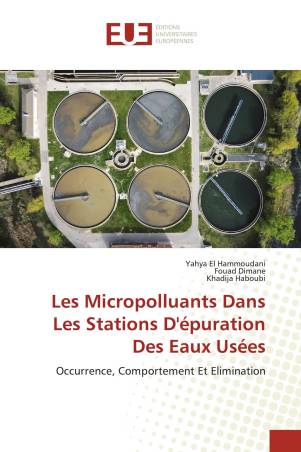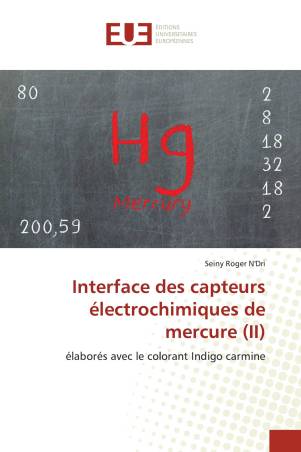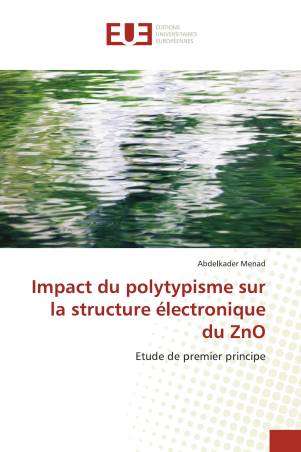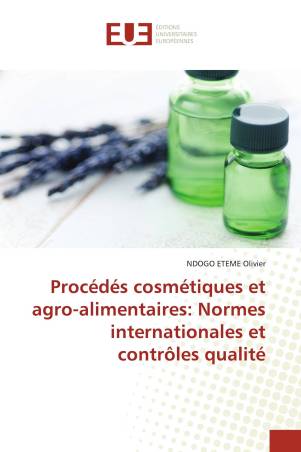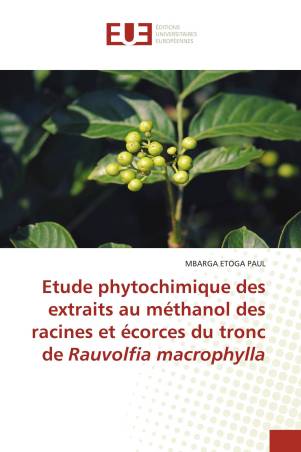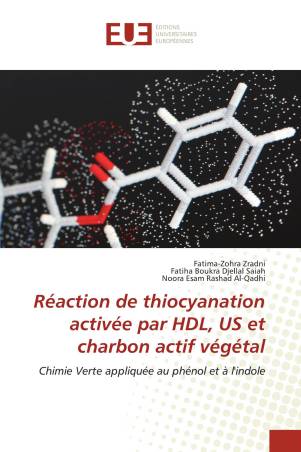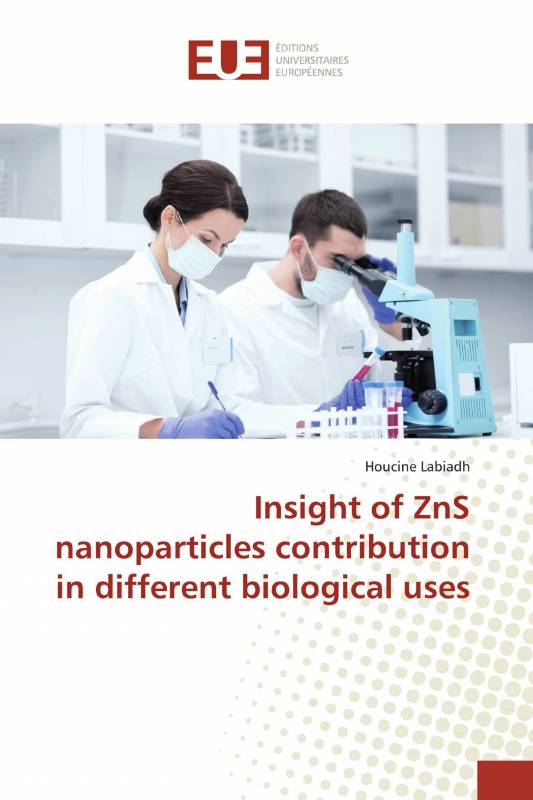

Chimie Organique Générale illustrée par des Exercices Corrigés
- Nouveau



Zinc sulfide (ZnS) particles were synthesized and characterized by X-ray diffraction (XRD), transmission electron microscopy (TEM) and Fourier transform infra-red (FT-IR) spectroscopies.
The sizes of the crystallites were estimated using the Debye-Scherrer formula based on the XRD data.
Zinc sulfide particles were screened for their antibacterial activity and for their antioxidant activity with 1,1-diphenyl-2-picrylhydrazyl (DPPH), hydroxyl radical (OH•) and hydrogen peroxide (H2O2) scavenging activity, ferric reducing power (FRP) assay and ferrous ion chelating (FIC) methods.
It was found that ZnS particles showed appreciate both antioxidant and antibacterial activity.
In the last two decades, synthesis of nanoparticles has a rapid advancement.
Among various classes of nanoparticles, semiconductor nanomaterials such as ZnS, have emerged as important materials with promising applications in nanotechnology.
Labiadh Houcine received the master degree in Chemistry and Physics in 2010, and the Ph.D.
in Chemistry in 2014, both from the University of Carthage.
His current research interests focus on nonmaterials and applications.
Fiche technique
 Tunisie
Tunisie
